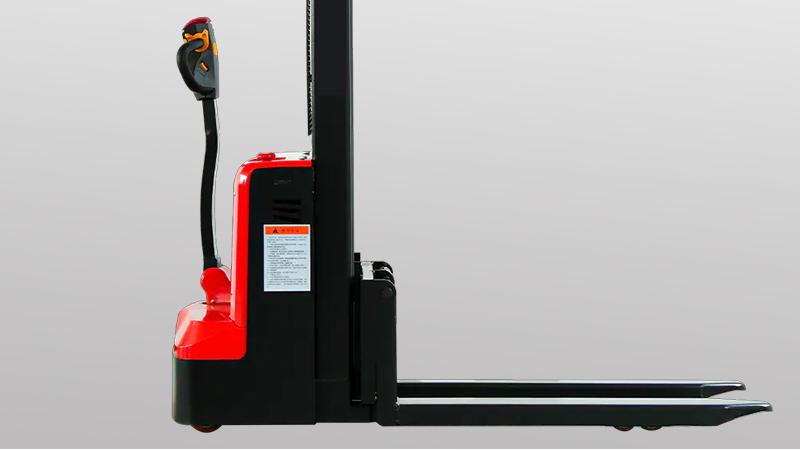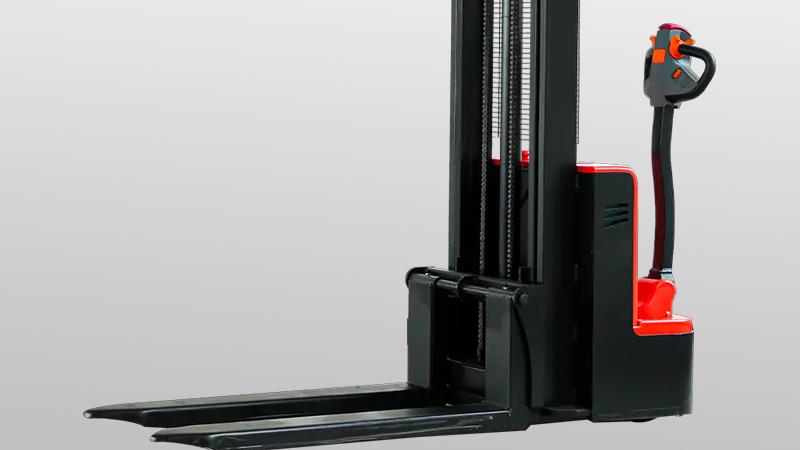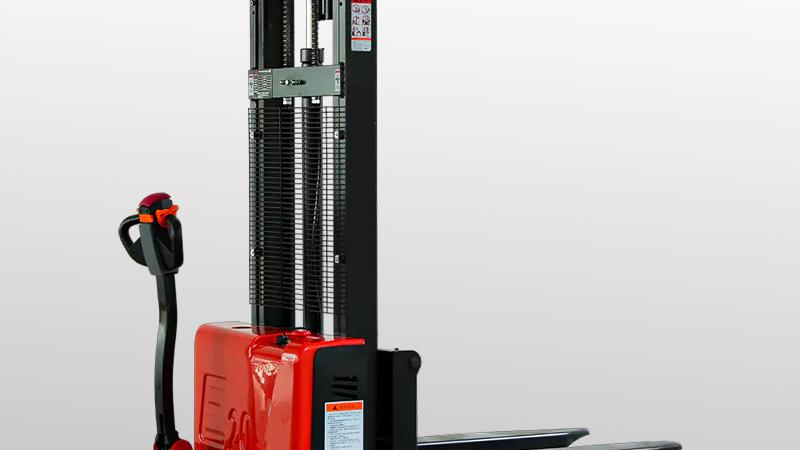The critical decision between a reach truck and a stacker for narrow aisle operations is foundational to warehouse layout and efficiency, directly impacting storage density, throughput speed, and long-term operational costs. This is not a simple question of which machine is universally superior, but rather which is the optimal tool for a specific set of operational parameters, including aisle width, storage height, load weight, and picking frequency. A reach truck, characterized by its unique ability to extend its forks forward into racking to place or retrieve pallets, is engineered for very narrow aisles (VNA) typically ranging from 1.8 to 2.5 meters. Its design allows the truck itself to remain within the aisle while the forks do the reaching, minimizing the space required for maneuvering. In contrast, a stacker—encompassing both pedestrian and rider models—is a more compact unit that lifts and transports loads but lacks the reaching mechanism. It operates in slightly wider aisles than a reach truck but offers greater flexibility and often a lower initial investment. The core of the dilemma lies in balancing the unparalleled storage density achieved by a reach truck system against the versatility and lower acquisition cost of a stacker. Understanding the fundamental engineering and purpose of each machine is the first step for any logistics or warehouse manager aiming to optimize their facility's footprint and workflow, as the wrong choice can lead to chronic bottlenecks, damaged racking, and inflated operational expenses that erode profitability over time.
Delving into the specific capabilities and operational paradigm of the reach truck reveals its position as a high-performance solution for high-density storage. The primary advantage of a reach truck is its ability to operate in exceptionally tight aisles, thereby maximizing the available cubic space of a warehouse. By allowing the forks to extend into the racking, the truck's chassis does not need to turn sideways within the aisle to deposit a load, a fundamental limitation of counterbalance forklifts. This capability enables companies to design storage facilities with significantly more racking rows, dramatically increasing pallet positions without expanding the building's footprint. Modern reach trucks often feature sophisticated guidance systems, such as wire or rail guidance, which further enhance safety and precision by keeping the truck perfectly centered in the aisle, reducing the risk of impact with racking. This makes them exceptionally fast and efficient in applications dedicated to full-pallet put-away and retrieval, especially in warehouses with heights exceeding 8 meters. However, this specialization comes with trade-offs. Reach trucks generally have a higher initial purchase price and require more specialized training for operators. Their complexity can also lead to higher maintenance costs compared to simpler machines. Furthermore, they are less agile in open areas and are not ideal for order picking tasks that require the operator to frequently dismount; their design is optimized for the aisle, not for transporting loads over long distances on the warehouse floor.
On the other side of the comparison, stackers present a compelling case for flexibility and cost-effectiveness, particularly in mixed-use environments. Stackers, including pedestrian-controlled, stand-on, or seated models, are the workhorses for lighter-duty applications and are excellent for first-level order picking. Their key strength lies in their versatility; they can efficiently lift loads to moderate heights and are highly maneuverable, making them suitable not only for narrow aisles but also for moving goods to and from loading docks and staging areas. For operations that involve a significant amount of case picking or less-than-pallet-load handling, a order-picking stacker where the operator ascends with the load is often the ideal solution. From a financial perspective, stackers typically have a significantly lower capital cost than a reach truck, making them accessible for small to medium-sized enterprises or as supplementary equipment in larger warehouses. Their mechanical systems are generally less complex, which translates to lower ongoing maintenance costs and easier technician training. The operational aisle width for a stacker, while still narrow, is usually greater than that of a reach truck, which may be a constraint in facilities designed for absolute maximum density. The primary limitation of a stacker is its lower maximum lift height and slower cycle times for full-pallet operations in high-bay racking, making it less suitable for dedicated, high-volume storage and retrieval in very tall warehouses.
The ultimate decision between a reach truck and a stacker is not merely an equipment choice but a strategic one that must align with the overarching operational workflow and economic model of the business. For a large-scale distribution center focused on high-volume, full-pallet movements in a facility with racking over 10 meters tall, the reach truck is almost certainly the superior choice. The immense gains in storage density and high-speed vertical movement will quickly justify the higher capital and maintenance expenditure. Conversely, for a warehouse with a strong focus on order fulfillment, where workers are actively picking multiple items from various pallet locations, a stacker provides the necessary platform for the operator to work efficiently and safely. In many modern, complex facilities, the most effective solution is often a mixed fleet: using reach trucks for the high-bay, bulk storage aisles to handle the rapid replenishment of picking faces, and deploying a fleet of stackers for the actual order picking process and for handling goods in the forward picking area. Therefore, the "better" machine is entirely contextual. A thorough analysis of pallet flow, average order profiles, required throughput, existing racking layout, and capital budget is essential. Investing in a detailed operational review and potentially a simulation model will yield far greater long-term returns than opting for a seemingly cheaper or more advanced solution without aligning it precisely with the unique material handling demands of the operation.
Post time:Oct.27.2025



